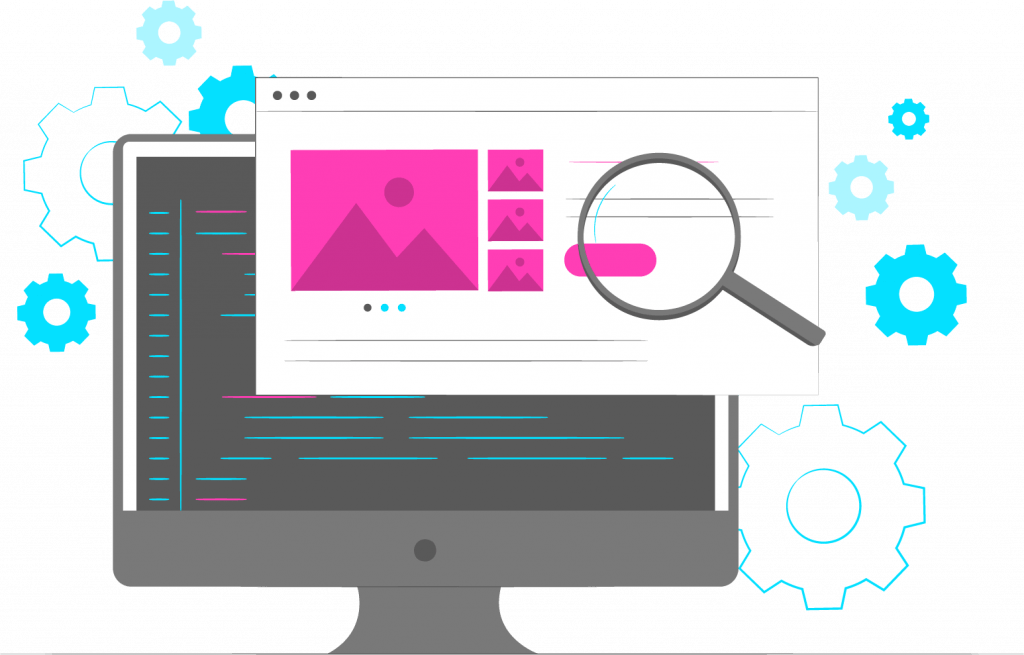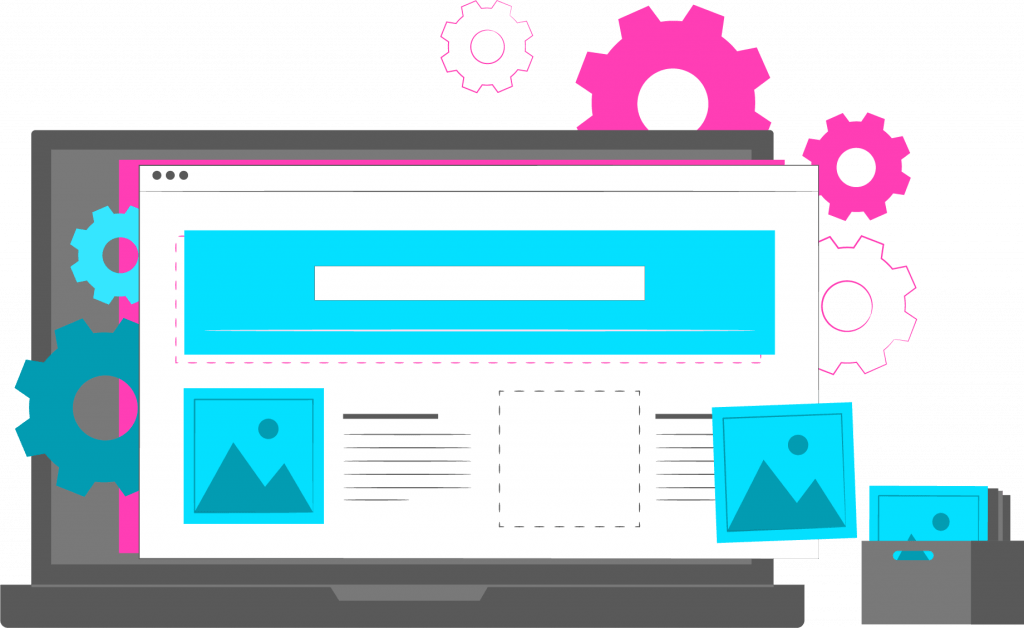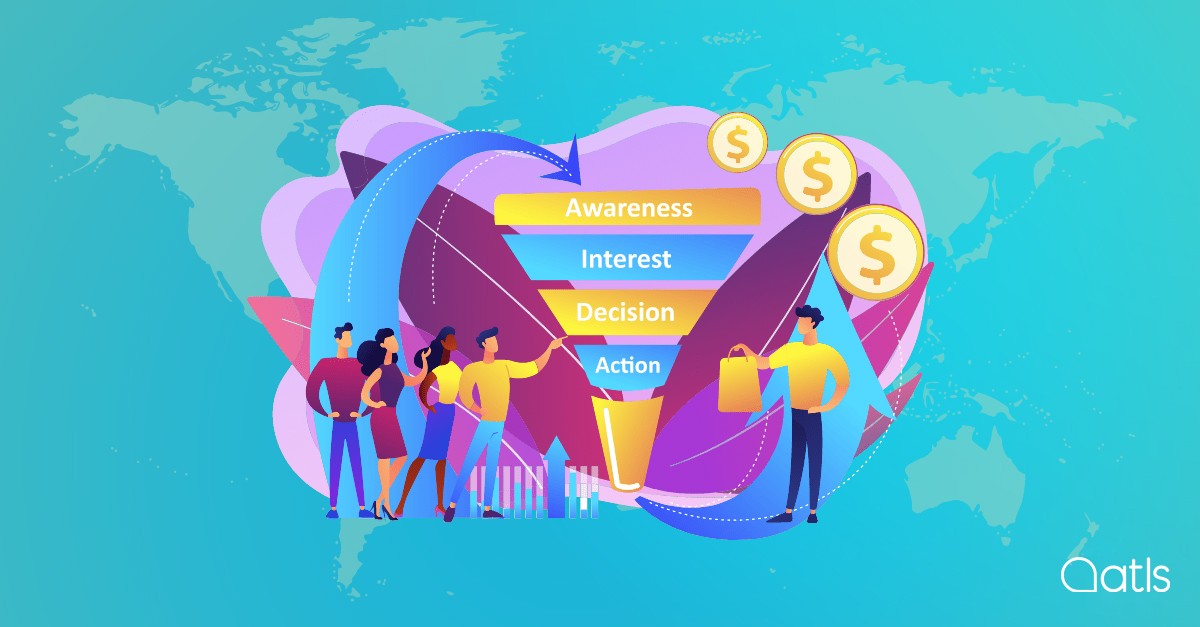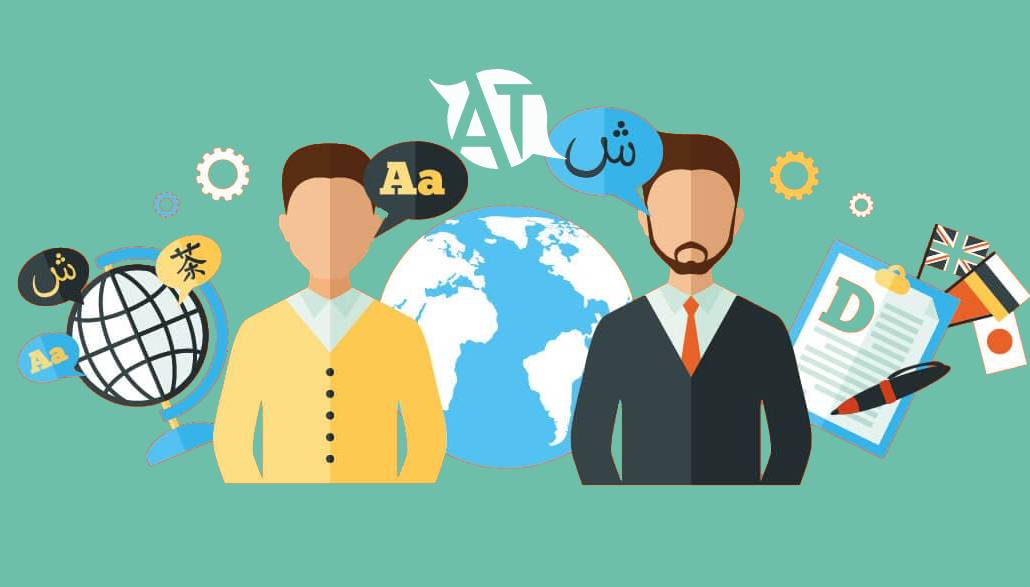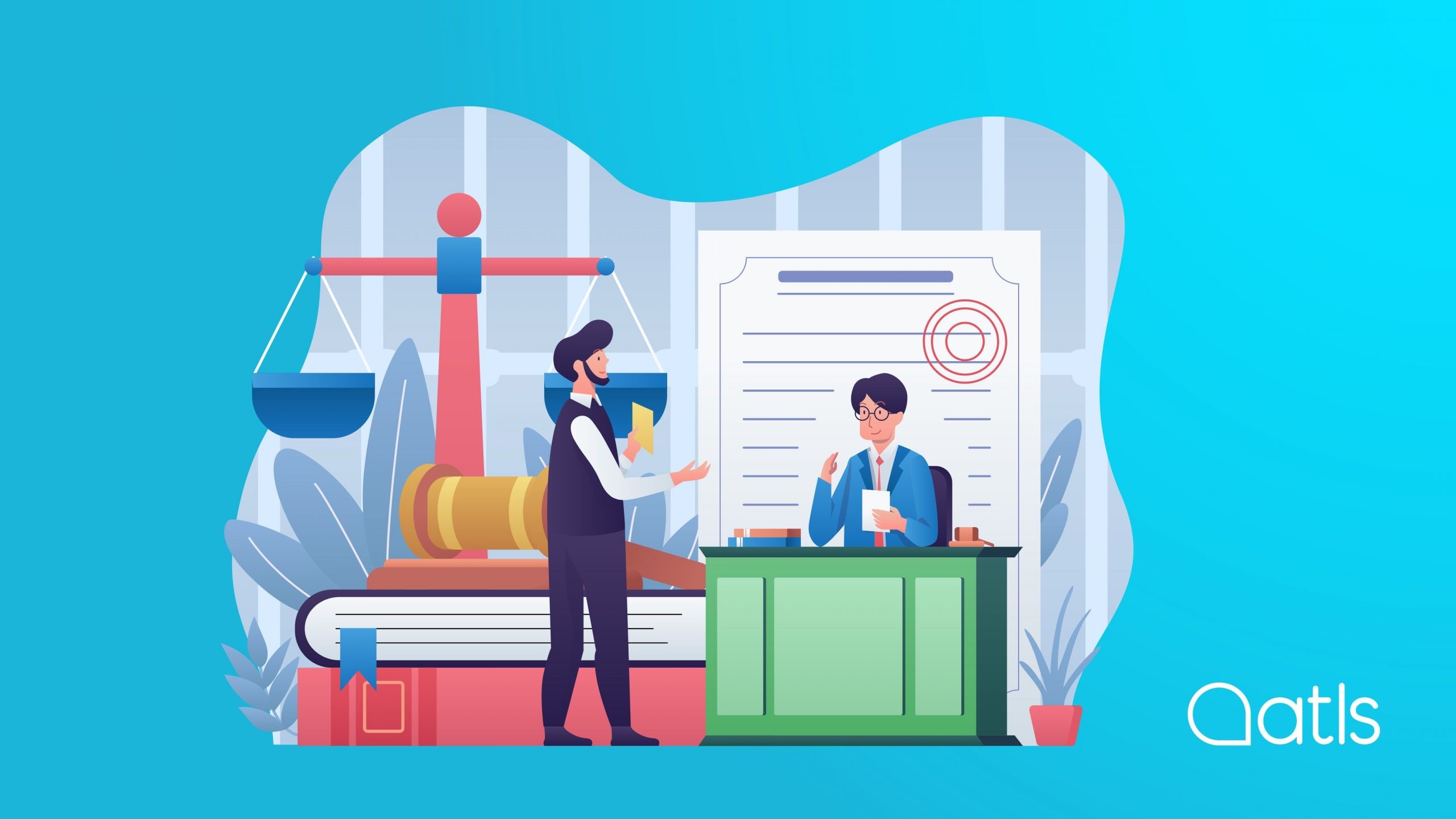Tools for translating a website you need to know about
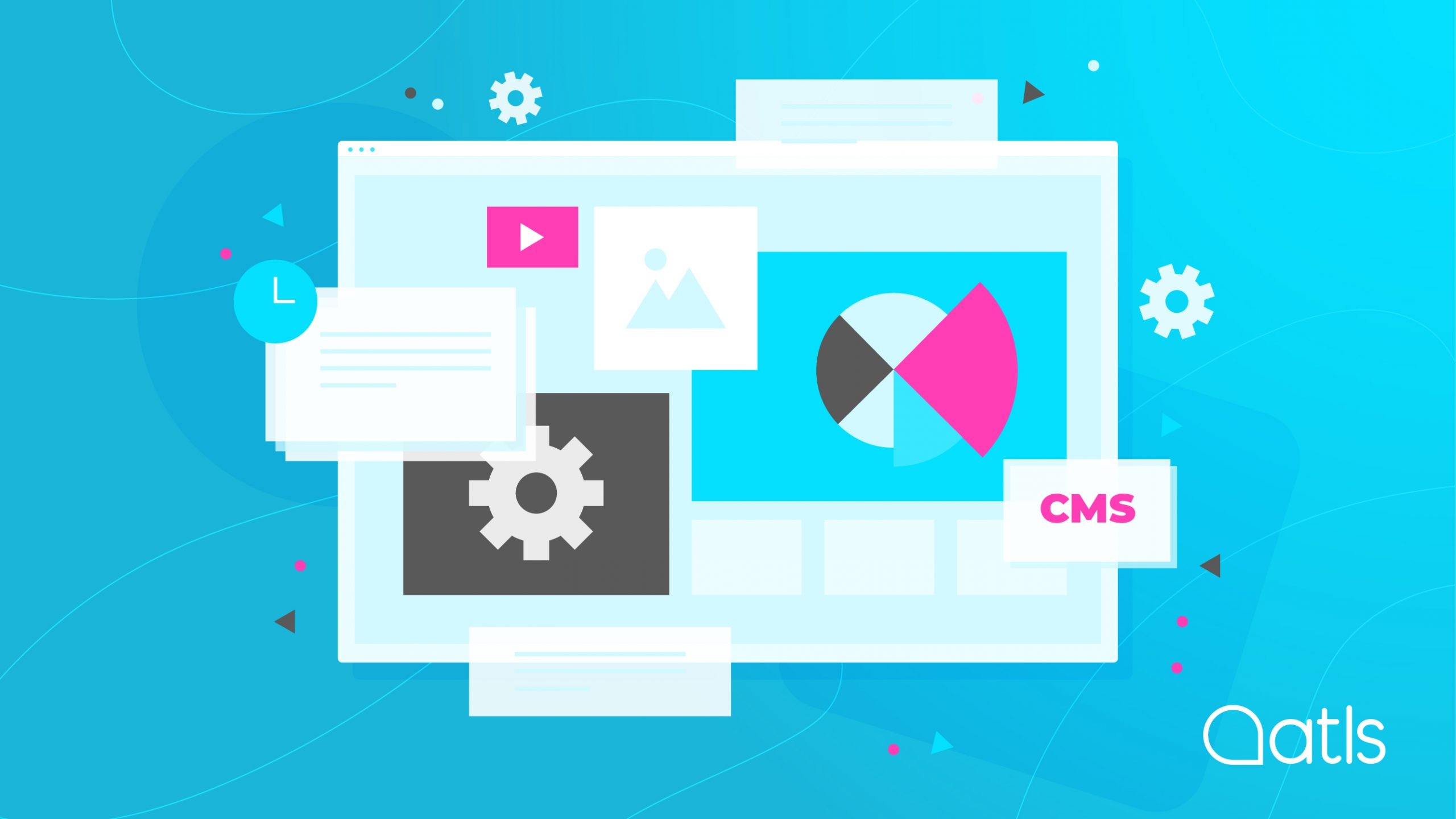
The tools for translating a website are NOT the kind of machine translation engines you'll find online for free; they're free for a reason... The real tools we professionals use help us to translate faster, and more cost-effectively; but we also use them to automate workflows based on the needs and means of every customer and project. What we want to talk about here are the latter type of professional automation tools (plugins and connectors, translation proxies, and everything in between).
Contents
If you want your business to grow, you'll need to jump over some hurdles - including the language barrier. Localising your website, translating your content, and creating a marketing and international SEO strategy are essential steps on your journey to new markets in other languages. If you've got that far, it's time to look for tools that can translate a website - and do it well.
But the dilemma presents itself straight away: Which tools are within reach? How do you know which ones are right for you? Could I go for the DIY approach and use a free website translator tool? So, why do companies work with translation agencies? Basically, how can I translate my website efficiently and cost-effectively, and make it look good too?
To sum up in just a few words: a really effective translation is always done by human translators; but to increase efficiency, we do it with the helping hand of tools for translating websites (or any other materials). And in this post, we're going to tell you exactly which tools they are and what they're used for.
How to translate a website into another language
What happens when you type "translate website into Spanish" or "translate website into English" into your browser search bar? Various things. One, you'll no doubt find the names of some professional translation agencies. You might also see another type of 'cutting-edge' website translation tool: machine translation engines.
Don't fall into the trap we've all seen and tried more than a couple of times (even just for fun). Seriously easy to access, with an impressively long list of languages (some you might not even know existed), and faster than lightning. No sooner have you finished inputting the text, and BOOM. It's already translated. But... is it a reliable translation?
Are automatic website translation tools reliable?
At ATLS - like any other professional translation agency - we're major fans of using the most innovative tech our industry has to offer. But that doesn't mean that all 'technologisation' is for the best. Machine translation is a great example of how things can go wrong, and one of the most common strategic errors made in the world of website translation.
Automatic translation tools are good for what they're good for: translating simple concepts or expressions, getting the gist of a text, etc. But what they're NOT good for is conveying complex or nuanced ideas (whether you're talking about an IT manual or an academic article on psychiatry) or reaching a native-level of naturalness in expression to 'hook' your reader.
Remember those instructions for the gadget you ordered from China (that made zero sense), or that Swedish advert you read that gave you the giggles for a week? But think long and hard if you decide to use an online translator: Who can tell me if it's a good translation or not? Do you really want to know? Nobody.
And there's another snag. There's a bit more meat on the bones of website translation than you might first think. Have you ever heard of metadata and tags, like hreflang? There's a whole world of code lurking behind the user interface. There are other issues to think about (formal, aesthetic, legal, tax, cultural, etc.) when opening a 'virtual branch' of your e-commerce site elsewhere...
Yes, professional translators and copywriters use tools to translate websites, but definitely not machine translators. Recent years have seen an upsurge in technological solutions know as computer-assisted translation (or CAT). These solutions harness the powers of different software (including artificial intelligence) designed specifically to facilitate, assist, and optimise translation work.
Translating a website: ATLS website translation tools
What we mean is, there are a number of tools that are particularly useful for professionals and customers who want to translate a webpage; solutions that assist with the translation process and automate workflow. Ultimately, it's about knowing which are the right technological tools to use for the task at hand, and how to use them in the right way.
As for CAT tools, incredibly useful (always with human supervision!), but we'll leave that for another day. Now we're going to focus solely on workflow automation tools (get more general information here). Under the next subheadings you'll find clear and concise explanations of each of our website translation tools (and these are our solutions, you won't find them anywhere else).
Using plugins to translate a website
Plugins are accessories (something like a 'mini program') that can be integrated into larger software solutions and connect (hence their alternative name, 'connectors') these solutions or platforms with others. They're used to enable new functions, in this case translation (by connecting your CMS or content management system with our translation management system).
Using these translation plugins, the user can decide which content to translate and when to send it for translation, all in a matter of clicks. This is highly recommended method for simple websites with few pages and static content. They're very accessible, and users have a high degree of control over the content being translated and published online. And yes, the automation is kept to a minimum.
At ATLS, we have various native connectors tailor-made for different CMS and DXP (digital experience platforms). And they make all our lives (yes, customers and professionals too) easier, regardless of which management solution we're using. These are translation services adapted to you, not the other way around.
In the same vein, we'd like to introduce you to our exclusive platform, tailor-made for WordPress (the most popular CMS). It's called AT-WPML, and is integrated with a solution designed for translating multilingual websites via professional translation services. This makes it one of the most useful tools for website translation.
Website translation by remote connection
This semi-automated model is driven by API technology. An API (application programming interface) is a solution that allows an application to 'consume' the functions or data of another. In other words, both applications 'understand' each other at a logical level, and the data can be used by - and travel to and from - one to the other (in this case, our translation management system consumes your website data). Approximately.
And our AT-RTS (AT-Remote Translation Software) is precisely that: a remote API-based website translation tool. You can request translations directly from your content manager - or your DAM (digital assets manager) or PIM (product information manager) - and there's no need to worry about file formats or tracking different file versions. The result? A quality, professional translation, all ready to publish on your multilingual website.
AT-RTS offers the potential to semi-automate the content sending, publishing and updating processes when you translate a webpage. In other words, you can take the reins of the website translation process, automating the translation side of things but not the rest of the workflow. In terms of automation solutions, you could say it's a midpoint between plugins and proxies.
Translating a website using proxy technology
In the computer networks world, a proxy serves as an intermediary for resource requests between two servers. A translation proxy is a gateway designed specifically for this task. It's one of the most powerful website translation tools out there, and means you can forget all about tricky translation workflow management.
AT Website Translator (aka AT-WST) is our most automated solution: software with proxy technology that automatically detects content for translation and sends it directly to our professional translators - without users having to flag up the content for translation. Once the translation has been done, reviewed and completed, AT-WST publishes the translated content directly into your website in all the languages... with all the international SEO!
These kinds of gateways, used to manage resource requests, are designed to work with huge volumes of text on multilingual websites or any with dynamic content. Good examples would be online shops with product recommendations, international news websites, and websites with landing pages segmented by audience type.
What's the best way to translate a website?
As is often the case, it's the one that best suits your needs. If you just want people to get the gist, by all means welcome machine translation with open arms (but brace yourself for endless corrections and low conversion rates). If you want to really communicate (and do it well) you need to use one of these website translation tools. OK, so which one?
If you've been paying attention to everything you've read so far, you'll have noticed that each tool involves different degrees of automation, principally in terms of workflow management. In this sense, you need to think strategically and make a decision based on the nature of your website and how much control you want to have over the process.
In other words, if you're dealing with a simple, straightforward website that doesn't involve major changes to the content, or you just want to translate your content into one or two target languages, you might find it more efficient (and more cost-effective) to go for simpler, plugin-based solutions. You still have a great deal of control over it all, but you will be taking on much of the work that could be done by a machine.
Now for the polar opposite. When it comes to complex multilingual websites with varied and constantly evolving content, the safest way to get affordable results in (more than) reasonable timescales - without compromising your sanity - is to use a proxy-based translation solution.
What do you need to think about when choosing a website translation tool?
Let's think about what we already said above: it all depends on the volume and complexity of the website in question. Because, as you'd expect, there's a threshold in terms of cost for the tools (determined by two factors; volume and complexity) at which point they go from being economically viable to not at all.
You should also think carefully about how involved you really want to be in the management of the task - or the time you have available to do it. We're not talking about the age-old dilemma of outsourcing - in this case, you're passing the work from humans to machines; if you can do it yourself, go for it! If your time is too valuable, or too scarce (which are really one and the same)automation tools can do it for you.
But for a lot of our customers, the doubts set in before that point: How complicated is my website? How much should I 'complicate it' in order to reach the audience I want to reach? These are big and broad questions, but they're just as relevant as choosing which languages to translate your website into... And no machine translation or artificial intelligence program is going to know the answers.
Moral of the story: Who better to advise you on the right website translation tools for you than the industry professionals?
In war, as in love and business, information is power. The best advice we can give you in terms of choosing the right website translation tools is to find out from different translation professionals. You could start with the information we've given you in this post (about each tool's level of automation) and find out more about the functions that each one offers. And from there you can make a more well-informed decision, based on specific questions about your project and the prices involved.
And whilst we're on the subject of advice, here's some more: resist the temptation of machine translation... Yes, we know, it's easier said than done... But before you click 'translate' (and this is even more important if you're dealing with sensitive or confidential content and personal data - watch out for that), remember all those classic sayings: "You get what you pay for", "There's no such thing as a free lunch", "All that glitters is not gold" and various other pearls of popular wisdom. We're not saying you shouldn't try it, and you can always send it to a human to check - see what they say... In fact, we'd encourage you to do this!
How to translate a website: the last word
With all this in mind, you've basically got two options: take the plunge, close your eyes and get Google Translate to do it; or go to the professionals and harness their talent, experience and tools for your website translation. In the end, it all depends on how important you think your website really is. If you decide to go down the professional route in the end, it comes with an incredibly valuable bonus: a translation agency can pull all their expertise out of the bag and offer advice from the word go. And if you want to translate a website, a translation agency with its own digital marketing and international SEO specialists is undoubtedly your best bet. That way, you'll get an efficient strategy, perfectly tailored to your circumstances, needs and expectations.


